Published in 2017 by Cavendish Square Publishing, LLC
243 5th Avenue, Suite 136, New York, NY 10016
Copyright 2017 by Cavendish Square Publishing, LLC
Third Edition
No part of this publication may be reproduced, stored in a retrieval system, or transmitted in any form or by any meanselectronic, mechanical, photocopying, recording, or otherwisewithout the prior permission of the copyright owner. Request for permission should be addressed to Permissions, Cavendish Square Publishing, 243 5th Avenue, Suite 136, New York, NY 10016. Tel (877) 980-4450; fax (877) 980-4454.
Website: cavendishsq.com
This publication represents the opinions and views of the author based on his or her personal experience, knowledge, and research. The information in this book serves as a general guide only. The author and publisher have used their best efforts in preparing this book and disclaim liability rising directly or indirectly from the use and application of this book.
CPSIA Compliance Information: Batch #CS17CSQ
All websites were available and accurate when this book was sent to press.
Library of Congress Cataloging-in-Publication Data
Names: Levy, Patricia, 1951- author. | Latif, Zawiah Abdul. author. | Young-Brown, Fiona, author.
Title: Sudan / Patricia Levy, Zawiah Abdul Latif, and Fiona Young Brown.
Other titles: Cultures of the world.
Description: New York : Cavendish Square Publishing, 2017. | Series: Cultures of the world | Includes bibliographical references and index.
Identifiers: LCCN 2016056232 (print) | LCCN 2016057527 (ebook) | ISBN 9781502626110 (library bound) | ISBN 9781502626028 (E-book)
Subjects: LCSH: Sudan--Juvenile literature.
Classification: LCC DT154.6 .L482 2017 (print) | LCC DT154.6 (ebook) | DDC 962.4--dc23
LC record available at https://lccn.loc.gov/2016056232
Editorial Director: David McNamara
Editor: Kristen Susienka
Copy Editor: Nathan Heidelberger
Associate Art Director: Amy Greenan
Designer: Alan Sliwinski
Production Coordinator: Karol Szymczuk
Photo Research: J8 Media
PICTURE CREDITS
The photographs in this book are used with the permission of: Cover, 17, 66 imageBROKER/Alamy Stock Photo; p. MShev/Shutterstock.com.
Printed in the United States of America
 CONTENTS
CONTENTS
SUDAN TODAY |
1. GEOGRAPHY | The lifeblood of Sudan The Middle Nile Sudans deserts The mountains of Sudan Hot and dry Varied wildlife Plant life Cities |
2. HISTORY | Developing trade routes Early civilizations Kingdoms The spread of Christianity The birth of Islam The colonial era Sudanese independence First civil war Military coup Second civil war South Sudan independence Unrest in Darfur Border conflict with Chad |
3. GOVERNMENT | A presidential republic The office of president The national legislature The courts Sudans military State government Human rights |
4. ECONOMY | Farming Animal husbandry The woods and rivers Getting around Sudan Industry Minerals Power |
5. ENVIRONMENT | Animal life Clean water A growing desert Lack of rain |
6. SUDANESE | The northern peoples The western peoples The eastern peoples The southern peoples Clothing |
7. LIFESTYLE | Life in Khartoum Nomads In the South Family life Womens roles Medicine School Hunger |
8. RELIGION | Islam Animist religions Traditional healing Christianity in modern Sudan |
9. LANGUAGE | The primary language African languages Literacy Sudanese media |
10. ARTS | Ancient monuments Coptic art and architecture Architecture of modern Sudan Traditional crafts Storytelling Traditional music Modern music |
11. LEISURE | Relaxation Popular sports Children at play |
12. FESTIVALS | Islamic celebrations The ceremonies of northern Sudan Christmas Animist festivals |
13. FOOD | Fresh food Illegal alcohol Daily meals The feast Dining taboos The kitchen |
MAP OF SUDAN |
ABOUT THE ECONOMY |
ABOUT THE CULTURE |
TIMELINE |
GLOSSARY |
FOR FURTHER INFORMATION |
BIBLIOGRAPHY |
INDEX |
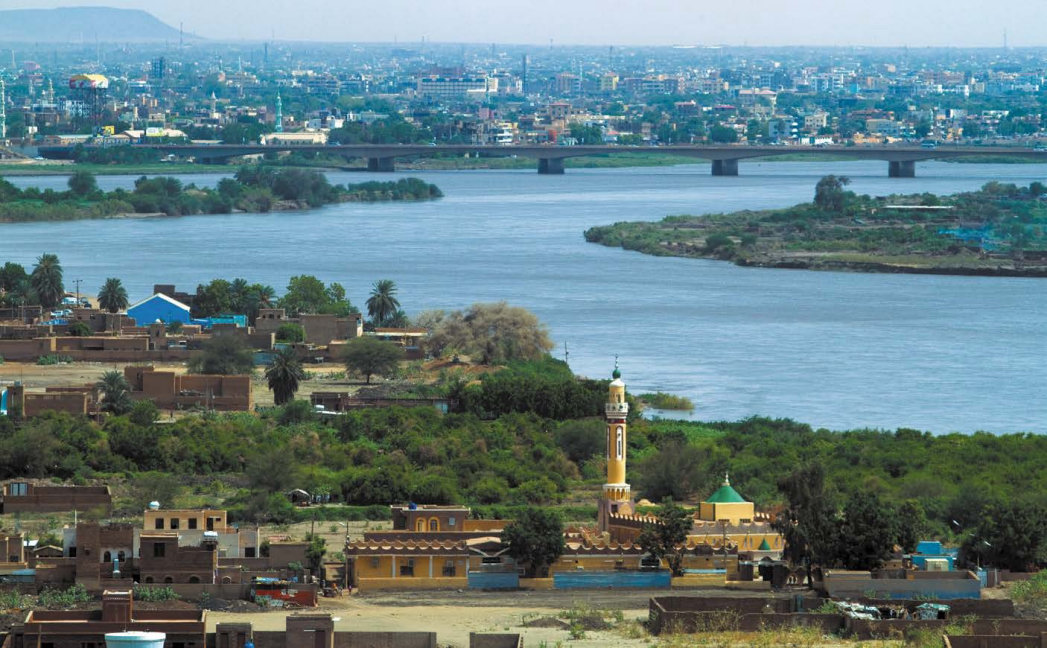
 SUDAN TODAY
SUDAN TODAY
L OCATED AT THE CROSSROADS OF THE ARAB AND THE AFRICAN worlds, Sudan has been an important site of religious and cultural diversity since ancient times. Once the largest nation on the African continent, it has been home to a number of ancient civilizations since as long ago as 3300 BCE. These included the Kush, the Mero, and the Nubians, all of whom flourished along the Nile, the river that is the lifeblood of Africa. Kingdoms that matched those of ancient Egypt thrived, and so did trade, architecture, and agriculture. Monuments to a golden age gone by still stand upon the desert sands.
For centuries, Sudan was the target of many conquest attempts, both successful and unsuccessful. In 1821, northern Sudan came under Egyptian rule. It later fell into British hands and became a Crown colony in 1899. Under Anglo-Egyptian rule, Sudan became divided in many respects. The North was largely Muslim and Arabicspeaking, while the South was a combination of both Christian and animist peoples, with the English language more widespread. This division would repeatedly rear its head decades later with civil war and the push for South Sudanese separation.
The relationship between Egypt and Britain was often strained, with Sudan caught in the middle of their power struggle. After World War II, a legislature was established and the Sudanese were encouraged to choose between an alliance with Egypt or independence. They chose the latter.
In 1956, the country gained its independence from colonialism, but it has since struggled to create a place for itself on the world economic stage. Cultural, political, and economic imbalances between the North and South soon became inevitable. The first ruling coalition government to be elected after independence quickly broke down and the military seized power. The result has been two lengthy and divisive civil wars, the most recent of which literally split the country into two nations. Much of the ongoing fighting and rebellion was in the southern part of Sudan, where people resisted the imposition of strict Islamic law. They also protested food shortages and lack of economic and humanitarian support during periods of severe drought. South Sudan became an independent nation in 2011, six years after being allowed to create its own government. In addition to war, Sudan has been devastated by poverty and humanitarian crises. Scars of war and famine still run deep through the countrys soul, but hope for a positive future remains.
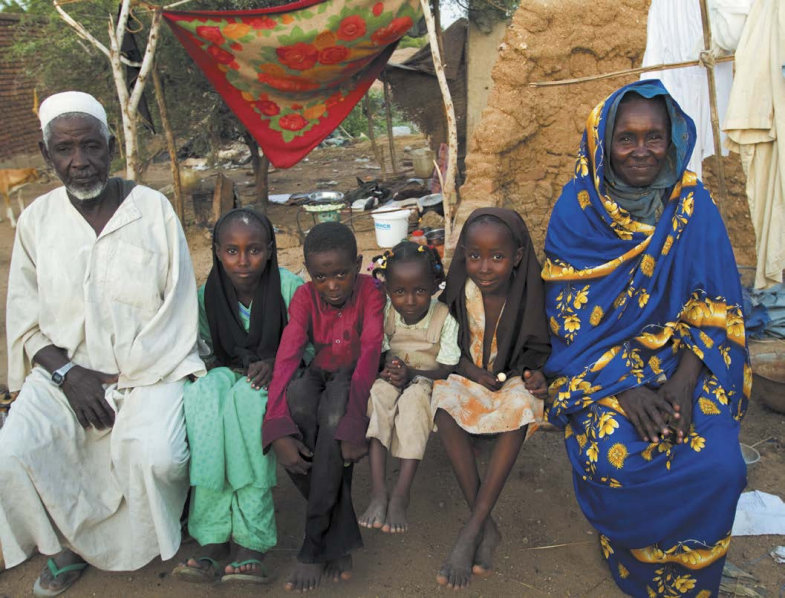

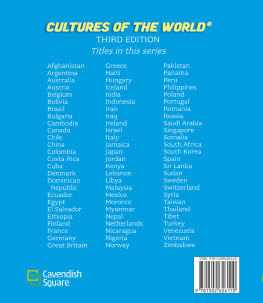
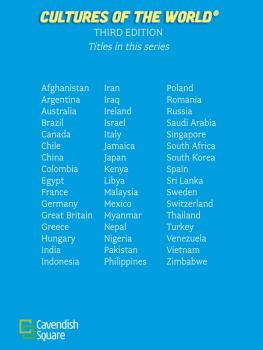
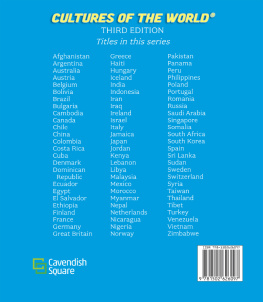
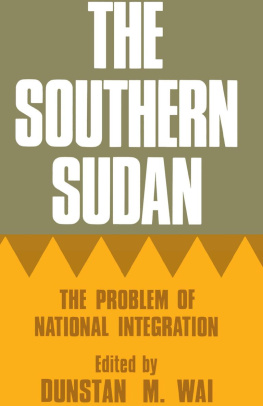


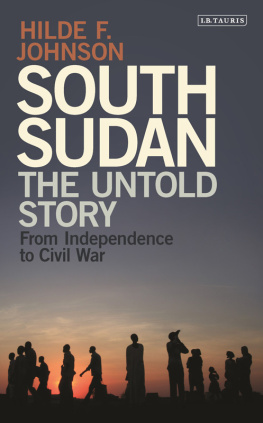
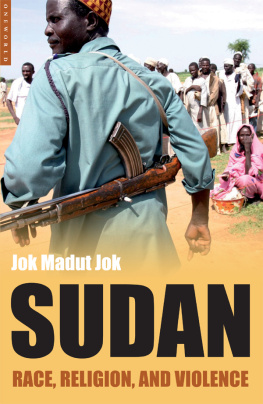


 CONTENTS
CONTENTS
